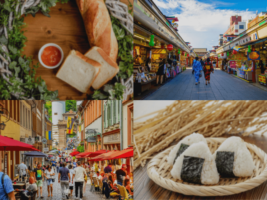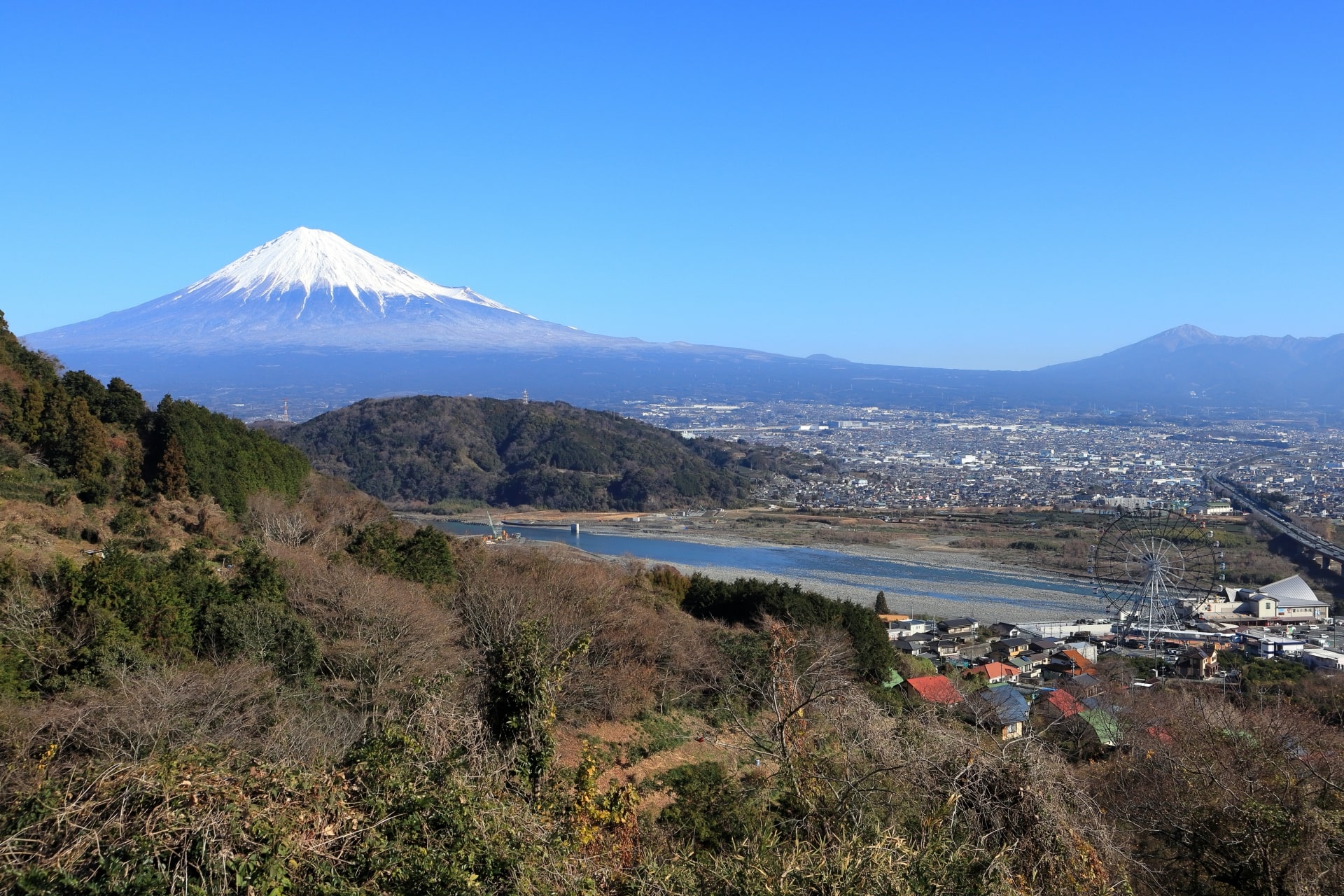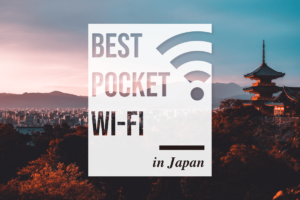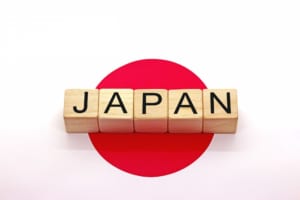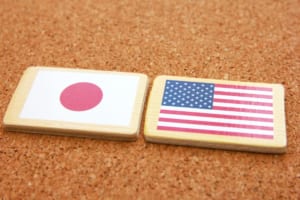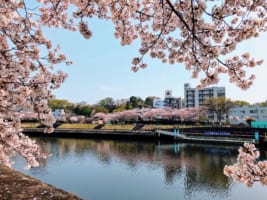10 Similarities between Japan and Europe
Similarities between Japan and Europe
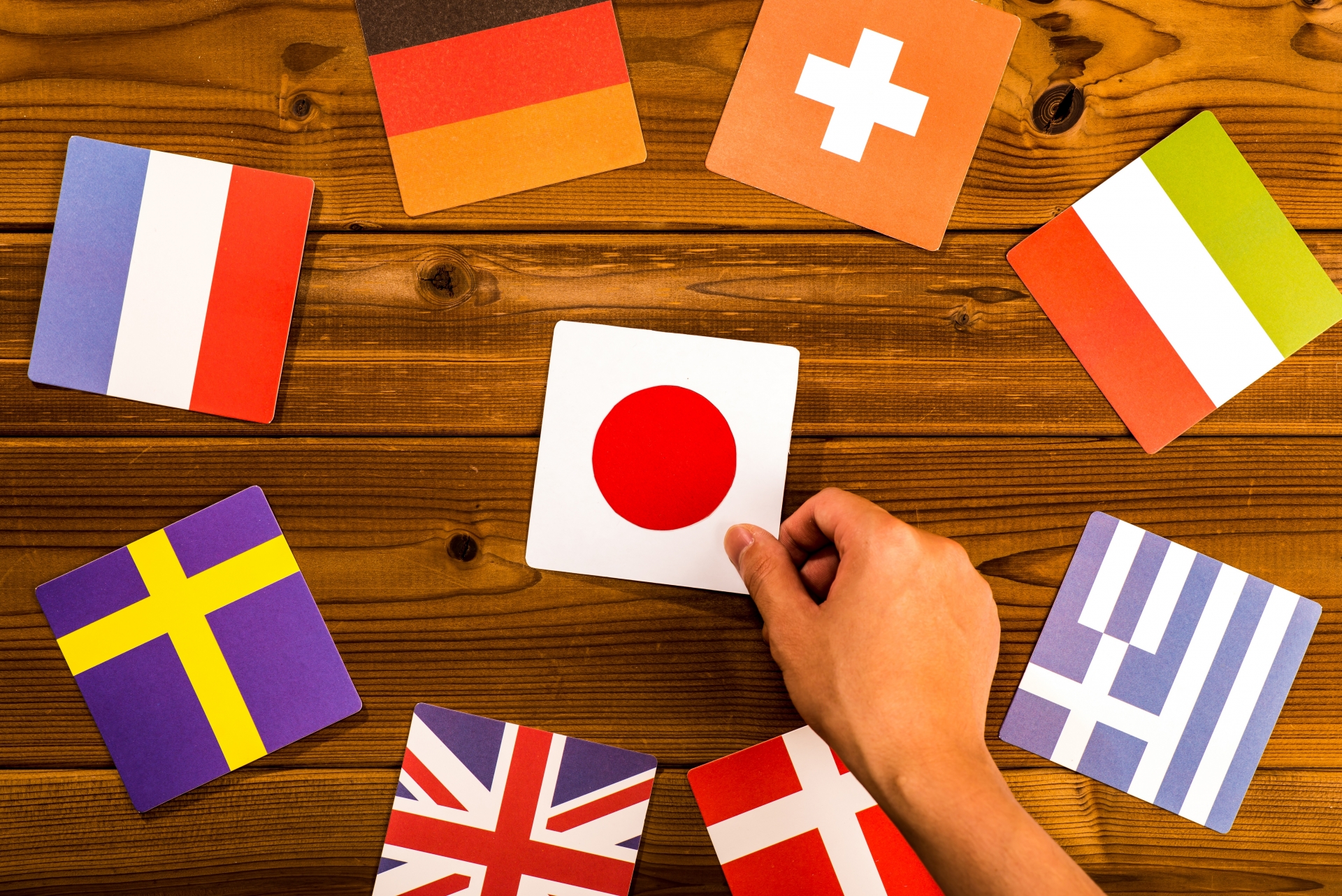
Normally we tend to think of Japan and Europe as two very different places, located on opposite sides of the world with very different histories and cultures. Usually most articles focus on these differences, which may surprise newcomers to Japan. However, although at first glance it may not seem so, they also have a lot in common as they have influenced each other throughout history!
Although Europe is a continent and not a country, and each country has very different cultures and customs, they are some general terms. So from history and arts and food to public services, these are 10 similarities between Japan and Europe.
1. Extensive public transportation
One of the first things you notice when you arrive in Japan is that especially the big cities like Tokyo and Osaka have an extensive public transportation network. For more rural areas, the frequency and availability of public transportation decreases, but there are still always options. In my years in Japan I have traveled around the country, and you can get from one end of the country to the other using public transportation. I have never once needed to take a car or cab. Being used to traveling in Europe, learning to use this public transportation network has been easy for me as both have a very similar system.
2. Walkable cities
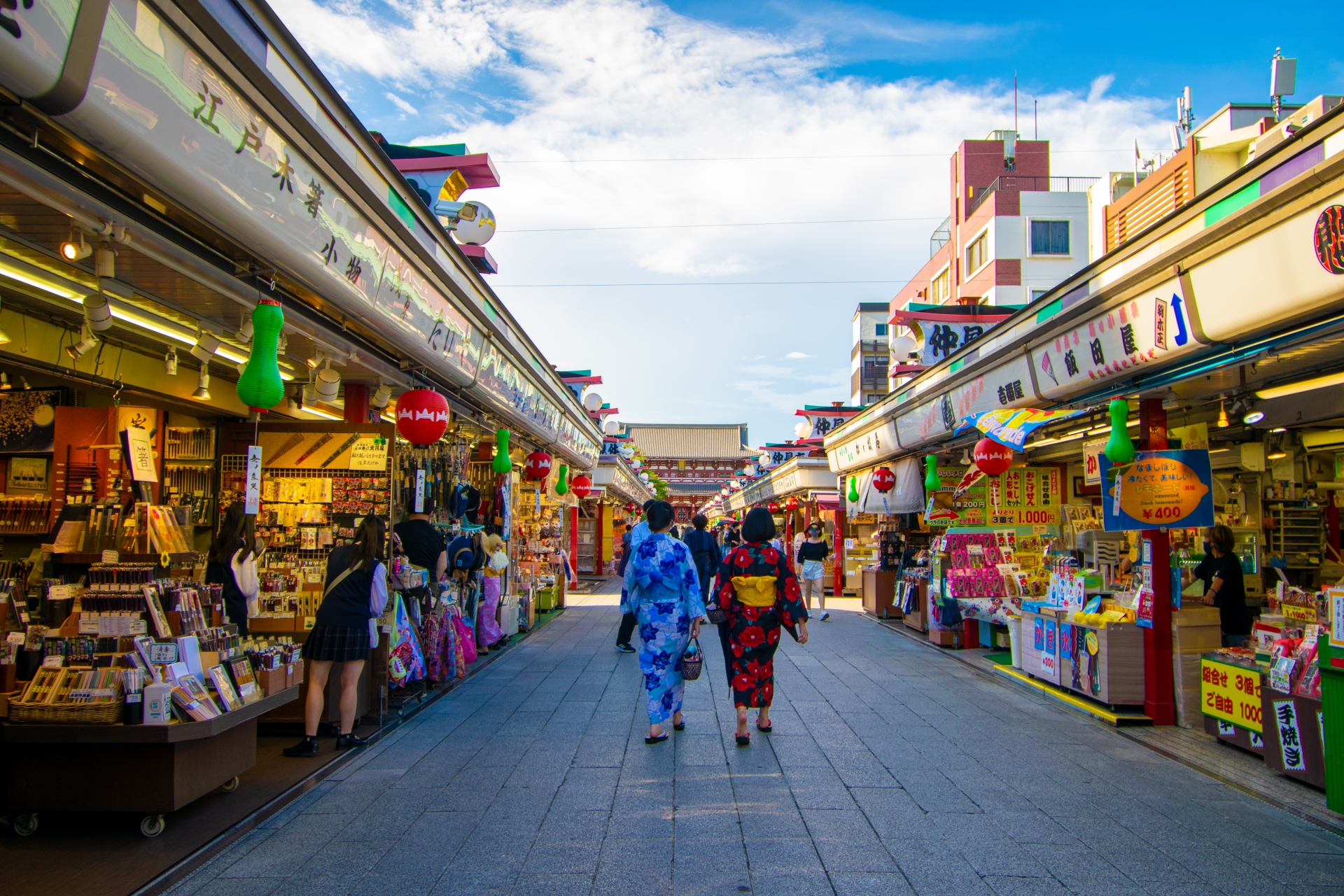
Another similarity between most European cities and Japan, which is related to public transport, is that cities are designed for pedestrians or cyclists. Both in Japan and in many cities in Europe it is common to see people moving from one place to another on bicycles. It’s easy to walk from one point to another, and in fact, depending on the traffic sometimes it’s easier and quicker to get there on foot. This contrasts for example with the vast majority of cities in the United States or other countries, dominated by cars or motorcycles, where people take their private vehicles to go anywhere, even to places close to home.
This is related to the public transport network as people use it to go to work or school instead of the car, and walk from the nearest station to their destination. There is no need to use the car.
3. Public National Health
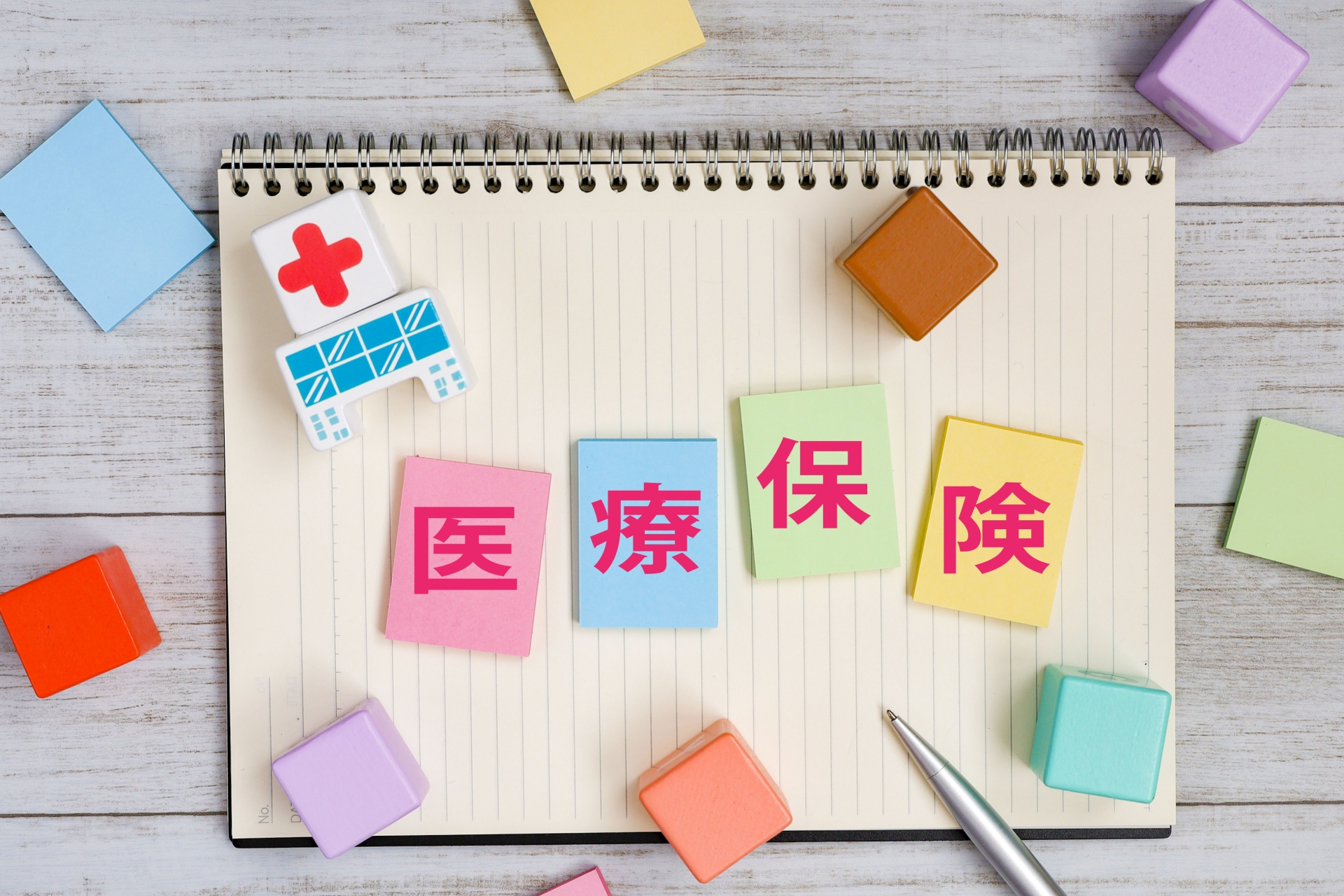
Japan has a copayment public health care system. The citizen pays an amount per month according to his/her income, and when he/she needs to use a service (clinic, hospital, etc.) he/she only pays 30% of the cost (5% for children and elderly people). If it’s an operation with a high cost, then a limit is established according to the economy of that person/family. Medicines are also included in the system.
In Europe, depending on the country, national health care is completely free, but there are others that have a system similar to that of Japan. But in both cases the State pays for part of the treatment (total or partial), which is very different from countries with a private health care system with high prices for citizens.
4. Food (Tempura, Castella, etc)
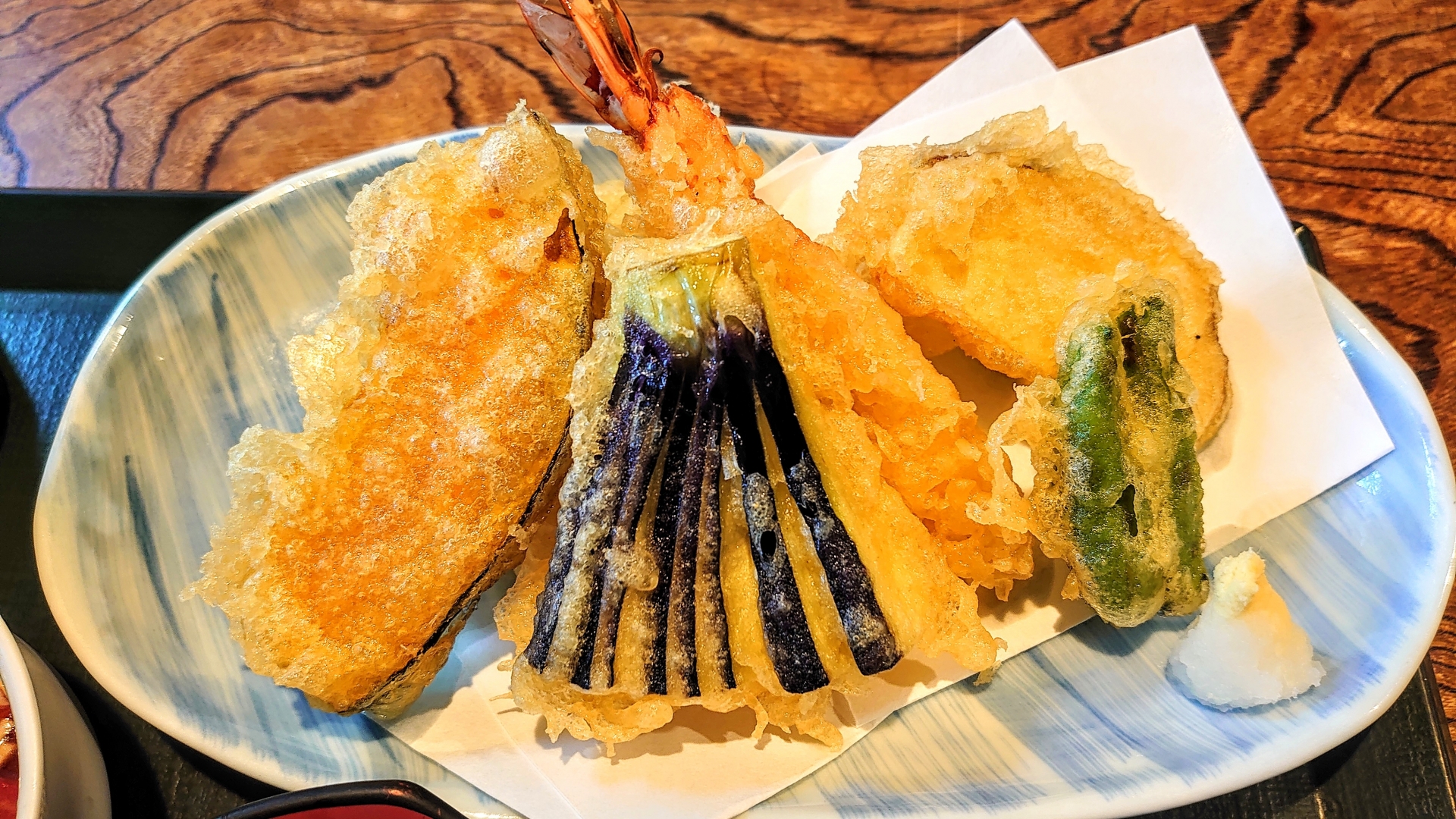
Although this is something that may surprise many people, in fact some dishes that are considered typical of Japan such as tempura or the Castella sponge cake have their origins in Europe, in these two cases specifically in the Portuguese missionaries. But the classic curry rice, for example has its origins in England. Then there are other dishes that are more recent, but also have a European origin or inspiration such as Doria (rice au gratin), which the Japanese claim to be of Italian origin but the Italians have never heard of this dish.
And in the opposite side nowadays it’s easy to find Japanese food restaurants in any big city in Europe.
5. Feudalism
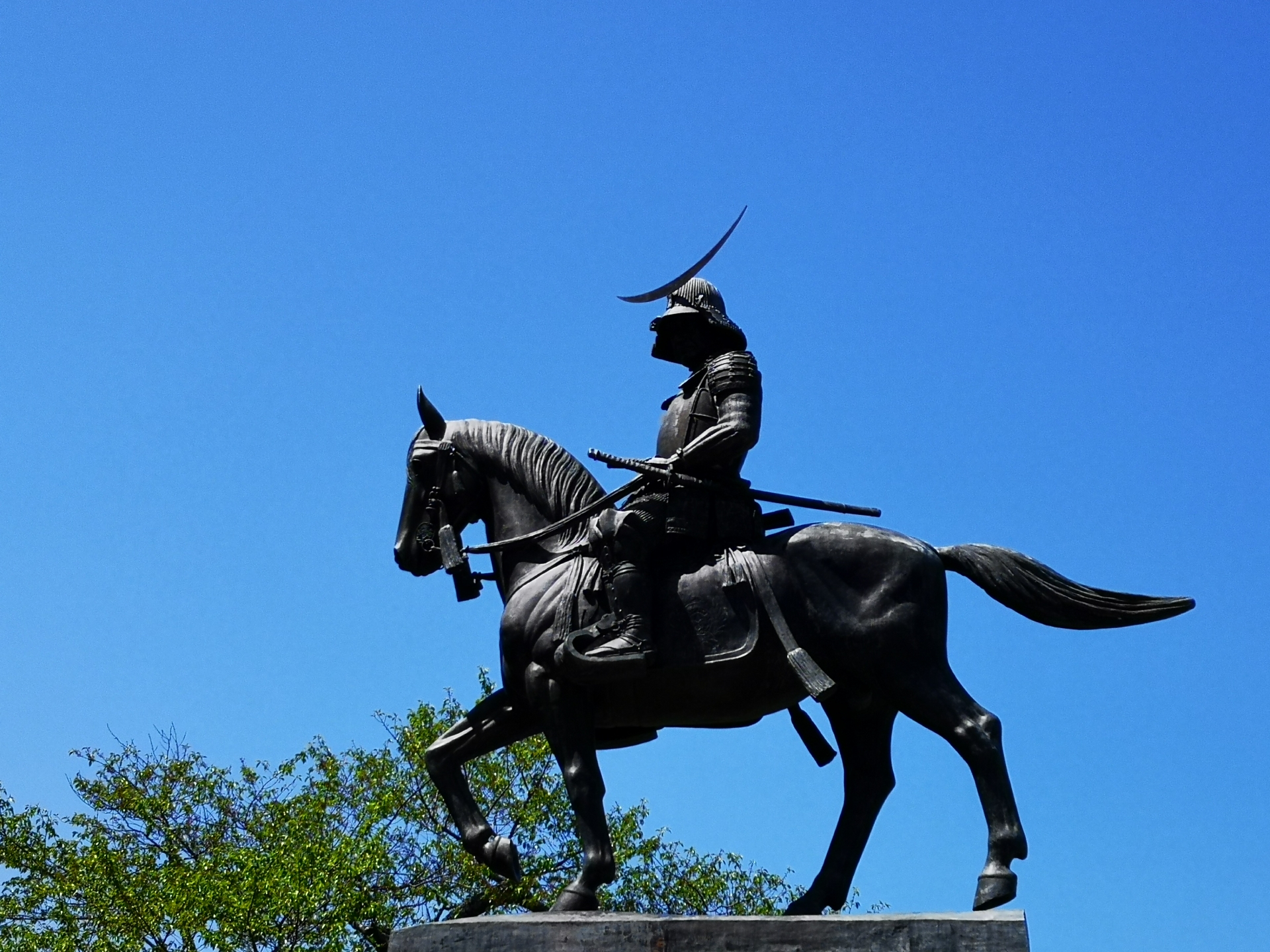
One thing that unites Japan and Europe is that both have a long and extensive history, in contrast to some countries of more recent creation. And Japan and Europe had very similar political system specially in the medieval and earlier period.
Of course the division of historical periods used for Europe doesn’t fit exactly with Japanese history, although some people sometimes try to force it. But the system of castles, feudal lords, among other things does have similarities.
6. Monarchy
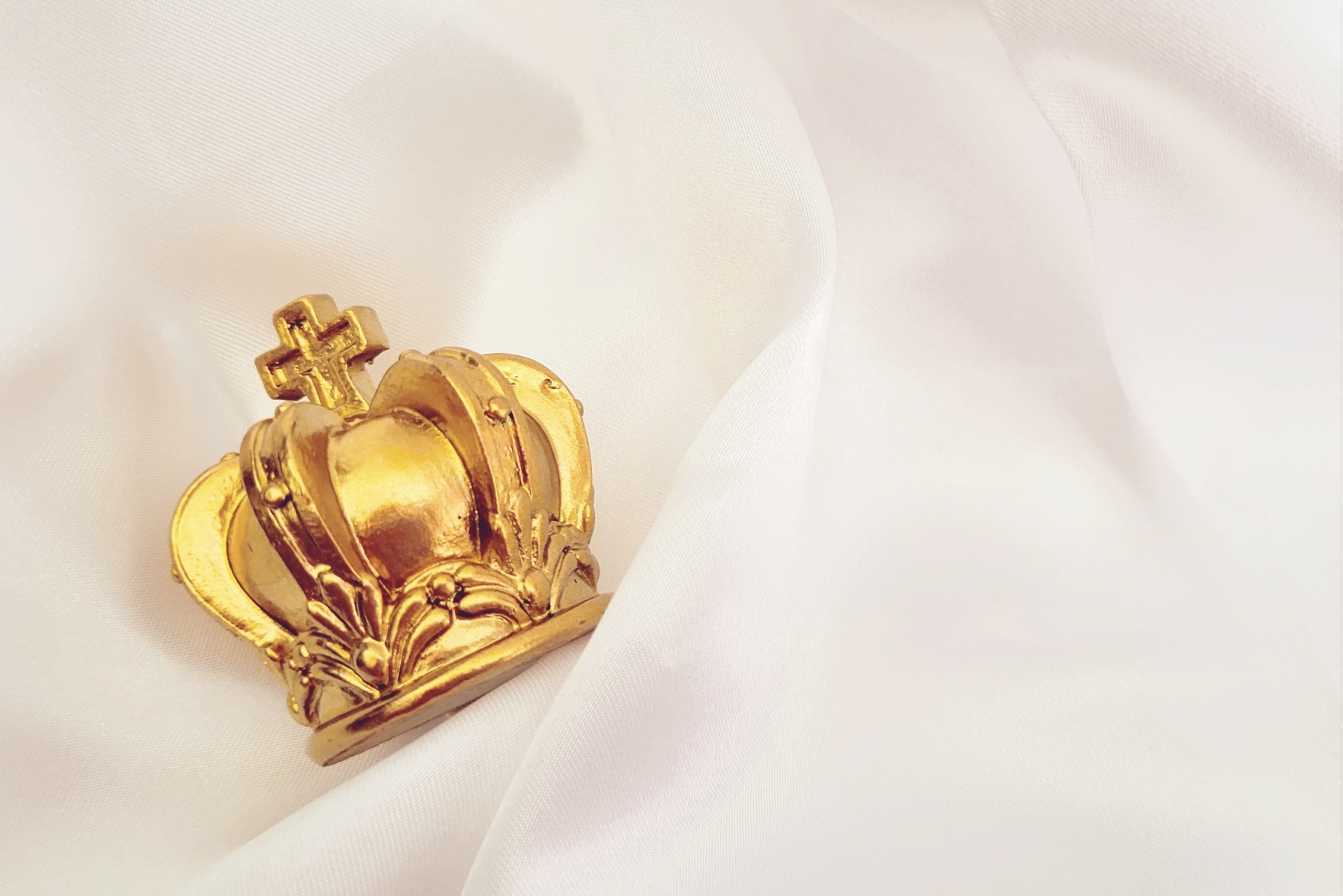
And talking about feudalism, although not all European countries something that some countries in Europe share with Japan is the existence of a monarchy still in force.
The vast majority of Europe has had a monarchy throughout its history, but some countries over time and due to different causes (for example the French Revolution in France) have broken away from this somewhat outdated concept today. Others, like the Netherlands or the United Kingdom, still have a monarchy.
In Japan instead of Royal Family and King or Queen the name used is Imperial Family and Emperor, and it’s said that the Japanese monarchy is the oldest hereditary monarchy in the world that has reigned continuously above the English Royal Family.
7. Arts
At the arts level, Europe and Japan have influenced each other in many areas. One example that is close to me is the Japanese kabuki and the Spanish flamenco. If you can ever enjoy a Kabuki play, it’s easy to understand why the Japanese love Spanish flamenco so much.
Even today there is still a connection and influence in arts. The famous Japanese manga has nowadays and for years a huge following all over Europe. Or it’s easy to find influences in the world of fashion, a totally different but also artistic field.
8. Spa/Onsen
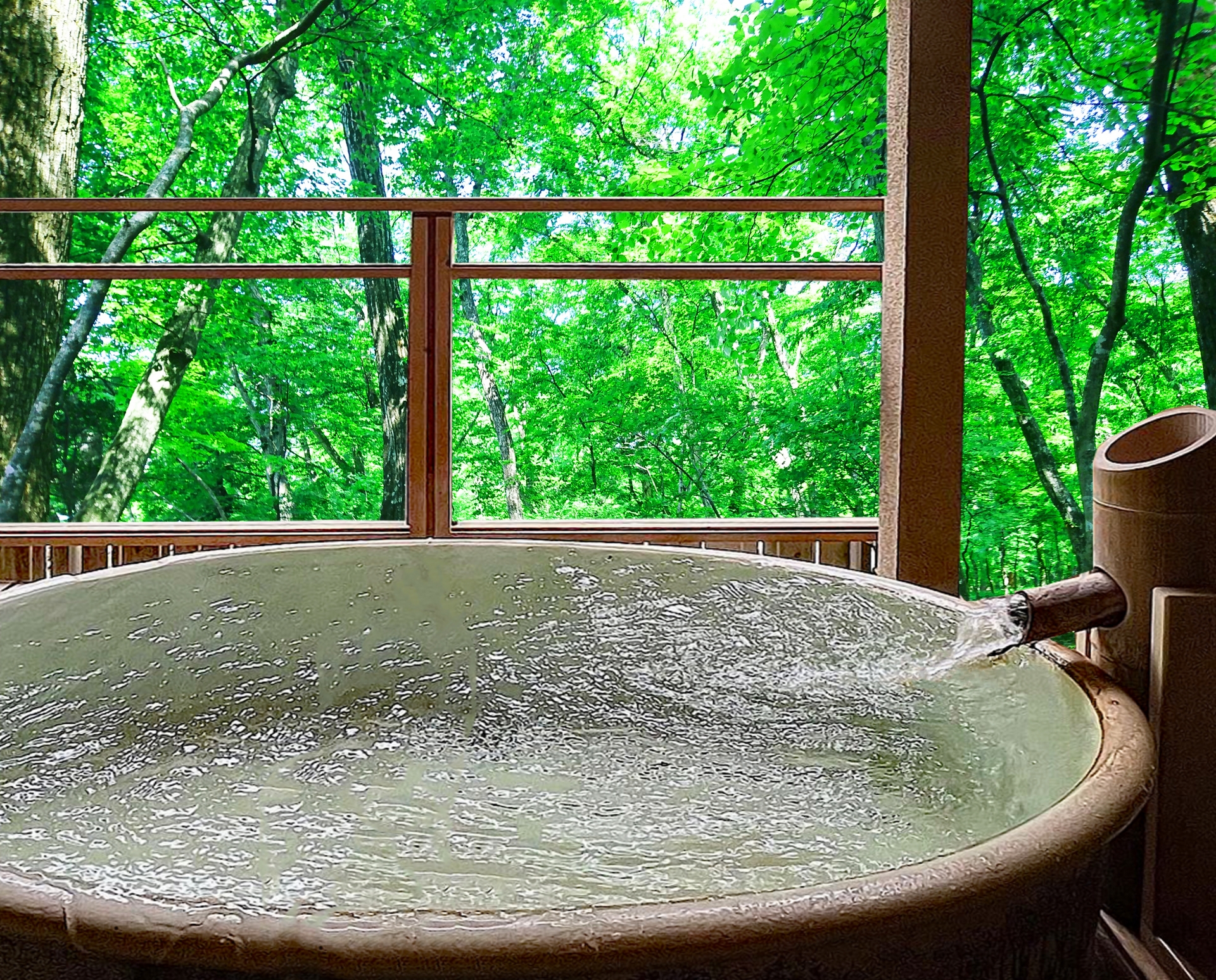
The love of hot springs is another thing that unites Japanese and Europeans. In Japanese they are called onsen, and the rules of etiquette dictate that you must enter the onsen completely naked. And although it’s true that in the hot springs in Europe, usually people enter with some clothing that covers the intimate parts (bathing suit, etc), in general in the European countries there is more tolerance to nudism than in other places. In fact it’s common to find nudist beaches or spaces.
9. Christmas
To the surprise of many perhaps, yes, Christmas is also celebrated in Japan. Although, as is often the case with many imported celebrations, the Japanese celebrate it in a totally different way.
In terms of decoration and concept the influence of a more American-style Christmas is more noticeable, however while in Western countries it’s a holiday to spend with the family, in Japan Christmas is a romantic day to spend with your partner enjoying a romantic dinner, or if it’s with the family, eating KFC and cream cake with strawberries. There are gifts, but not Santa Claus style. But during December in Japan you can enjoy Christmas illuminations, Christmas markets and a different atmosphere in the shopping malls and the city!
10. Small Cars
As explained above, both in Japan and in Europe there is a larger public transport network and cities are designed more for people than for vehicles. This also translates into smaller cars, which fit better in larger cities. Compared to Japan, cars in Europe are bigger, but they are still small if we compare them with cars in the United States or Canada.
▽Subscribe our free newsletter!▽
▽Related Articles▽
▼Editors’ Picks▼
Written by
From Barcelona to Tokyo. Coffee & Adventure lover🌏☕️
I started to like Japan because of the anime, music and doramas, but after my first trip to the country I found what I love the most: traveling around, the culture and history. I have travelled a lot in Japan, but I still have many places to discover that I want to share with you🙋🏼♀️ Let’s discover Japan together!
Also, as a foreigner living in Japan for over 6 years I understand what kind of things are difficult when you move here and I want to help other people in the same situation that I have in the past.





